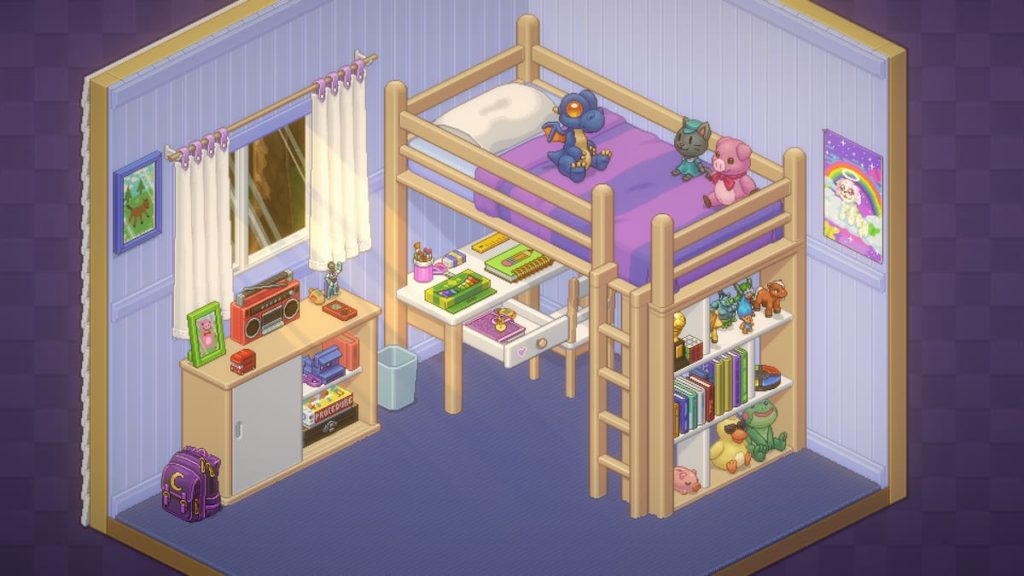While the premise of Witch Broom’s Unpacking may seem extremely simple, unpack items/ place items, the way that each level is meticulously crafted by developers and then finished by players, creates a powerful story dynamic.
During the first level, I was immediately captivated by this odd sense of nostalgia. As I began to complete the singular task of unpacking it brought back memories that I had from rearranging my own room as a child. This powerful feeling is intentionally used to present this relatable story to players while also providing a reflection on one’s own past experiences.

While we have had discussions about the effectiveness of evocative spaces in video games, Unpacking is unique in that it gives players the choice in crafting the environment, allowing players to feel connected to the protagonist’s story in their own unique way.
